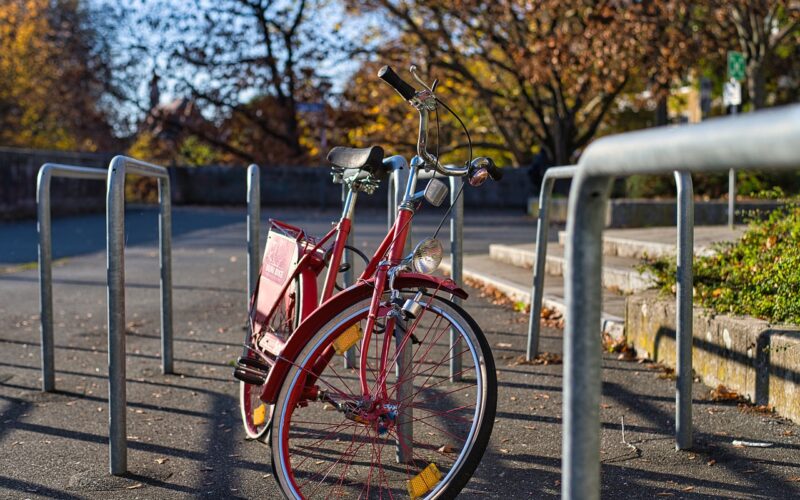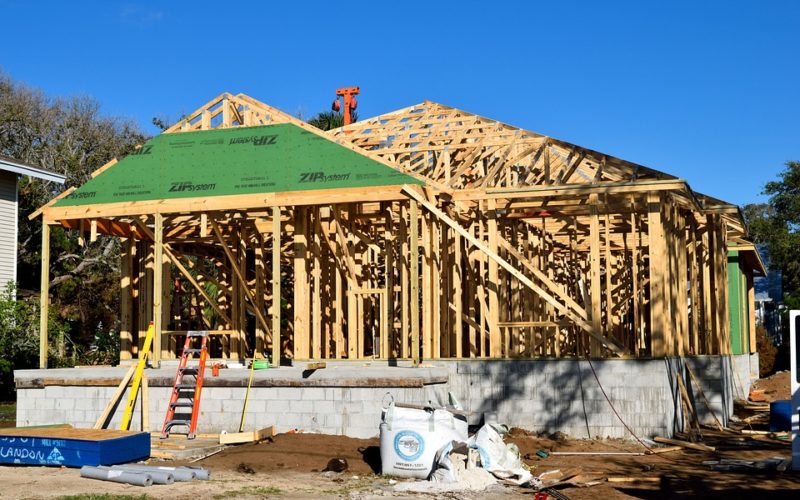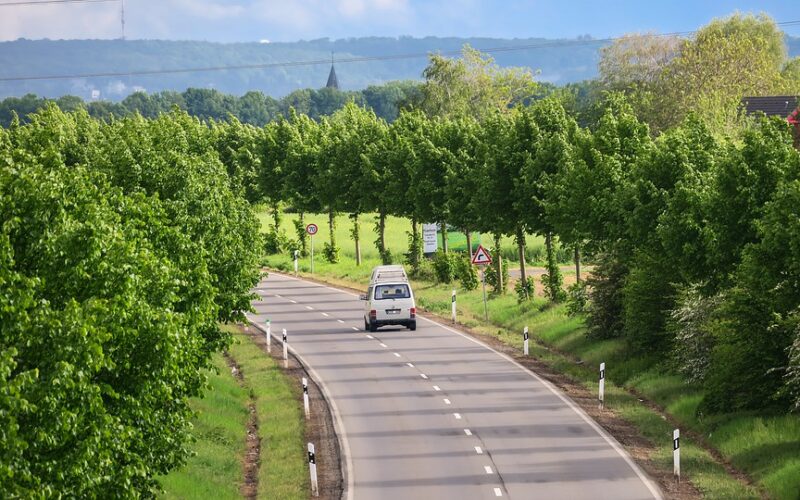Transportation is a vital component of any city, keeping people and goods moving. But as the world looks towards more environmentally friendly solutions, cities are starting to pivot towards greener methods of transport. This change is critical for reducing carbon footprints, improving urban air quality, and creating more liveable spaces for citizens.
Implementing cleaner public transport options
One of the most impactful steps towards eco-friendly urban transport is the electrification of public transport networks. Electric buses, trams, and trains significantly reduce greenhouse gas emissions compared to traditional diesel-powered alternatives. Cities can invest in these technologies, ensuring that they run on electricity generated from renewable sources such as wind or solar energy. Transitioning to clean public transport not only addresses pollution but also incentivises citizens to opt for communal travel over individual car usage.
Promoting active travel infrastructures
Another crucial element is the development of infrastructure that encourages active travel, like walking and cycling. Urban design that includes wide, safe, and well-lit pedestrian paths, and segregated cycle lanes encourage people to consider these active modes of transport for their daily commutes. Bike-sharing schemes can boost this further by providing accessible and affordable options for the public. Engendering a culture of active transit not only helps cut down vehicular emissions but also contributes to healthier lifestyles.
Integrating innovative transport technologies
Technological innovation provides another pathway to eco-friendlier urban transport. The concept of 'smart' traffic management systems, which use real-time data to optimise traffic flow, can reduce idling times and congestion, thereby cutting down emissions. Car-sharing platforms, electric car charging stations, and the use of autonomous electric vehicles can reshape personal transport habits. These technologies can be beneficial if integrated thoughtfully into a city's transportation ecosystem to complement existing public transport options.
Creating incentives and policies
Reform in transportation is often accelerated by effective incentives and policies. Cities can introduce congestion pricing, benefits for low-emission vehicles, and penalties for highly polluting ones. Financial mechanisms can be instituted to make eco-friendly vehicles more affordable or to provide subsidies for public transport users. Such policies signal a commitment to sustainable transportation and encourage collective participation from the citizens and businesses alike.
Fostering community awareness and participation
Finally, the path to real change often begins with shifting public opinion. Awareness campaigns can educate residents about the environmental, economic, and health benefits of eco-friendly transport. Community-driven initiatives such as 'car-free days' or 'cycle to work' schemes can build enthusiasm and demonstrate the feasibility of sustainable transport choices. Engaged and informed citizens are likely to support and contribute to the development of greener transport options.
Cities have a buffet of options to green their transportation systems. No single solution is a panacea, but a combination of the methods discussed can make a tangible difference. From upgrading public transport and developing active travel infrastructure to leveraging technology and implementing forward-thinking policies - cities can become catalysts for sustainable living. With concerted effort, planning, and community engagement, our cities can undertake this vital transit towards a cleaner, greener future.




















